
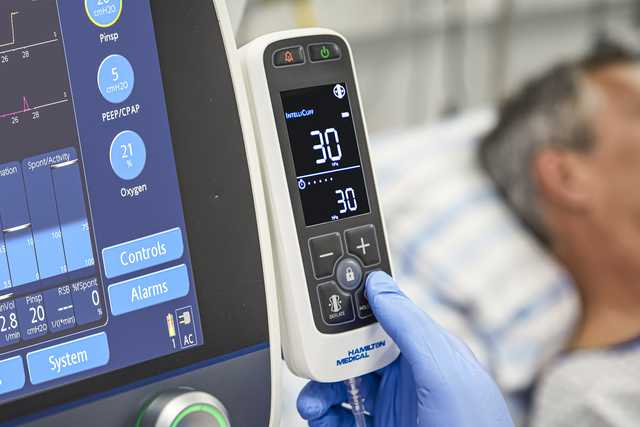
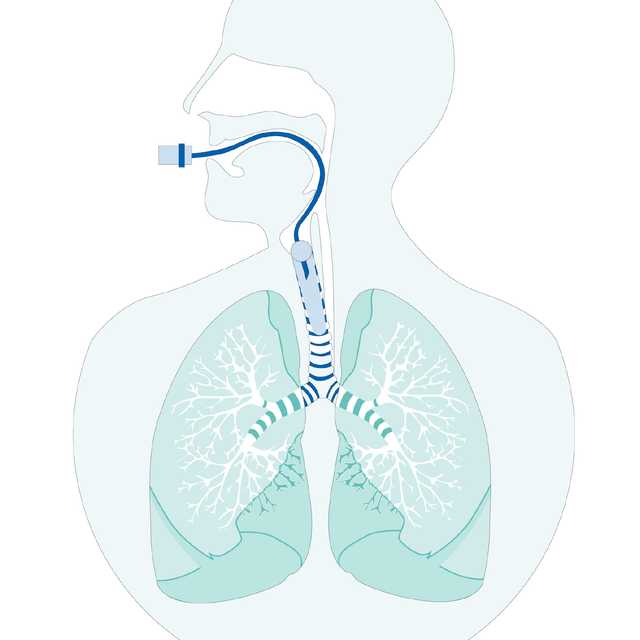
Una pressione di cuffia costantemente controllata e ottimizzata agevola la terapia di ventilazione e protegge i pazienti da lesioni tracheali e polmonite associata al ventilatore VAP (
IntelliCuff fa la maggior parte di questo lavoro al posto dei medici. È sufficiente impostare la pressione di cuffia desiderata e IntelliCuff la mantiene automaticamente. Il dispositivo è in grado di funzionare in un intervallo di pressioni ampio ma sicuro e con diversi tubi endotracheali cuffiati.
Che lo si utilizzi per il trasporto aereo, con rapide variazioni di pressione ambientale, oppure in sala operatoria durante interventi chirurgici o sedazione con N2O, IntelliCuff monitora costantemente e mantiene la pressione di cuffia ottimale per garantire ai pazienti una maggiore sicurezza. Persino in alcune delle situazioni più critiche (


Adatto a pazienti adulti, pediatrici e neonatali. IntelliCuff garantisce una gestione sicura delle vie aeree in molte situazioni diverse: in terapia intensiva, in sala operatoria o durante il trasporto. È possibile utilizzarlo per interventi di soccorso a terra o in volo, anche ad altitudini elevate.

Utilizziamo IntelliCuff come funzione standard per contribuire a evitare la VAP nei pazienti sottoposti a ventilazione meccanica. IntelliCuff controlla automaticamente e regolarmente la pressione di cuffia. È di grande aiuto al personale assistenziale, perché non dobbiamo controllare personalmente la pressione di cuffia ogni ora.
Responsabile infermeria di terapia intensiva
Ospedale cantonale dei Grigioni, Coira, Svizzera

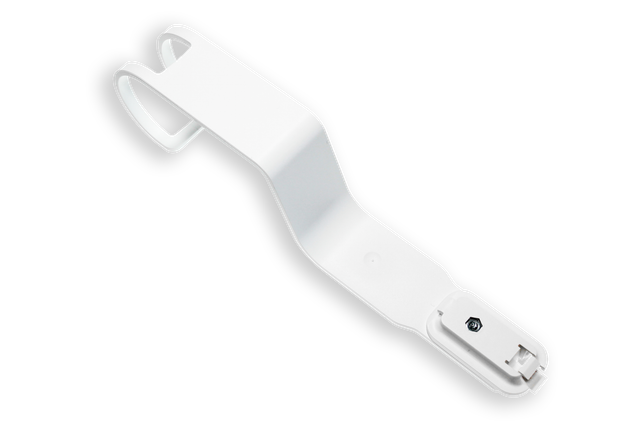

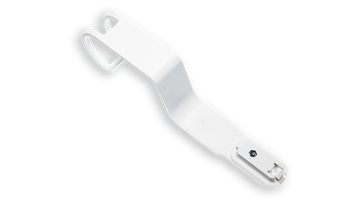
Le diverse interfacce disponibili permettono di collocare IntelliCuff ovunque serva. Con un clic.

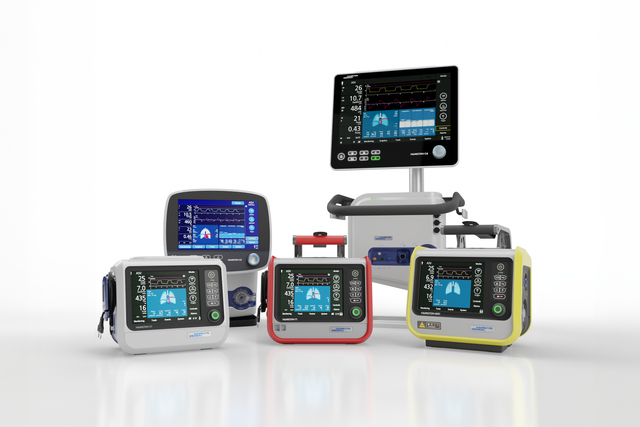
Il controller autonomo IntelliCuff è il compagno perfetto per i ventilatori Hamilton Medical.
